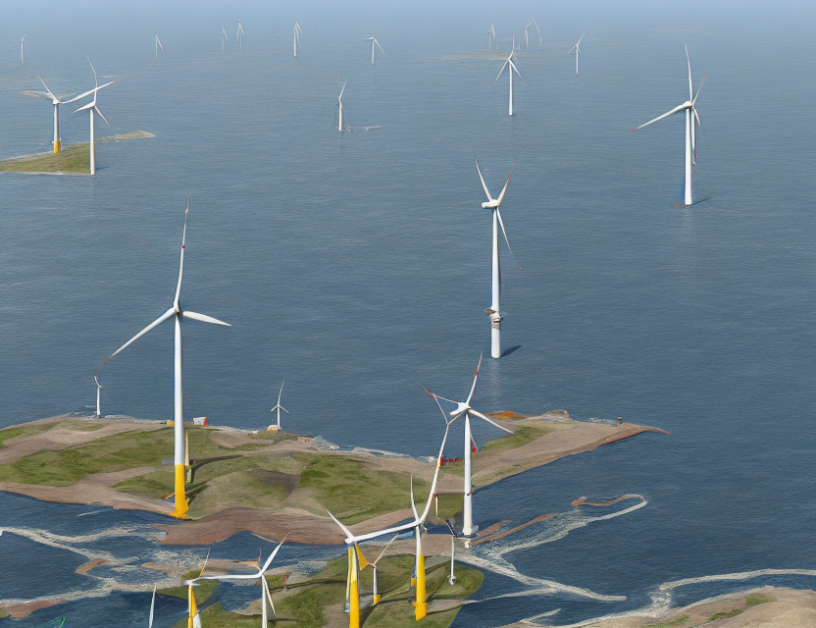The research paper explores the optimization of offshore wind farm layouts using different approaches. The authors explain that modeling decision-relevant parameters as endogenous variables allows for a more accurate representation of the problem, but this approach can also increase the complexity of the optimization problem. To address this challenge, the authors propose several methods for reducing the number of endogenous variables while maintaining the accuracy of the results.
The authors explain that one approach is to apply complexity reduction techniques in both the spatial and temporal domains. They also suggest using heuristic and meta-heuristic approaches to tackle the optimization problem. The article highlights the importance of offshore wind power for the future European energy system, and how further research could build upon the presented methods to develop more efficient optimization techniques.
In simple terms, the article discusses ways to make the process of designing offshore wind farms more efficient by reducing the number of variables that need to be considered while still achieving accurate results. The authors propose several strategies for doing this and emphasize the importance of offshore wind power in the future of Europe’s energy system.
Electrical Engineering and Systems Science, Systems and Control
Navigating Complexity: Approaches to Modeling Offshore Wind Farm Costs and Parameters



